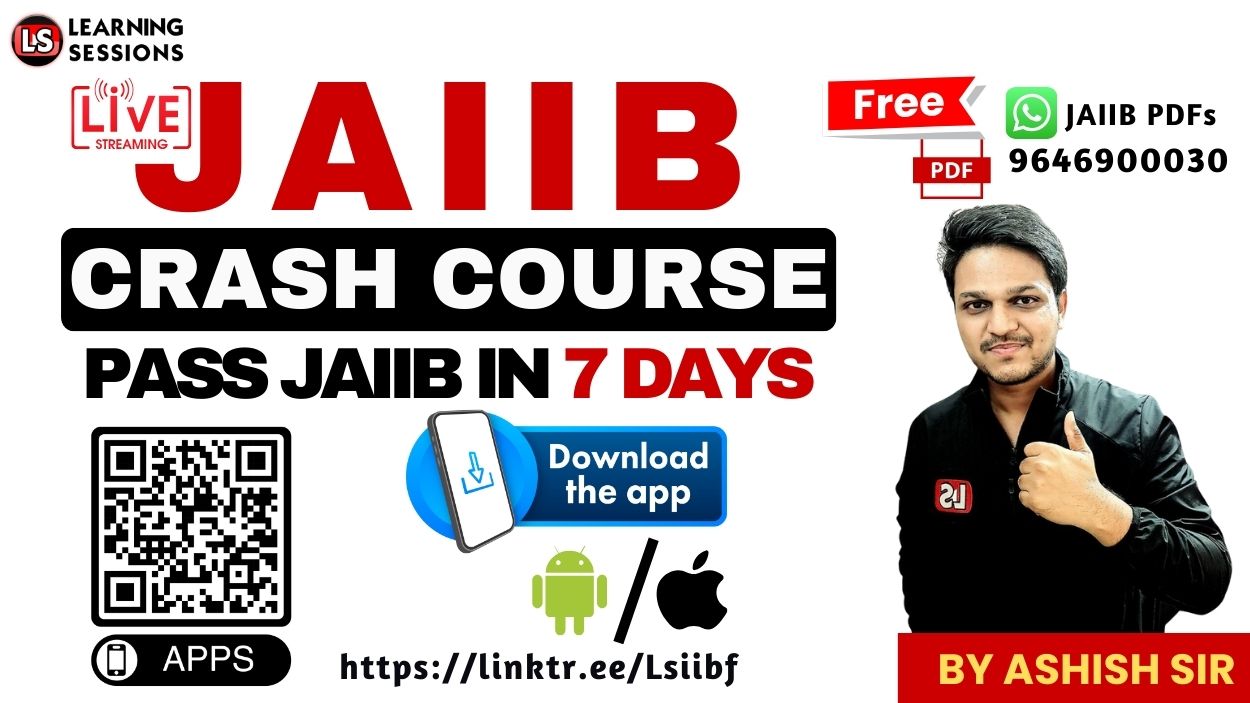Have you ever wondered what causes bank collapses, financial instability, or why some banks sail through crises while others sink?
The answer often lies in one powerful word: Risk.
In banking, risk is not a choice—it’s a reality. Every decision—from lending to forex trading—carries some form of risk. But you can’t eliminate risk; you can only manage it effectively.
This guide explains the core principles and tools used by bankers to master risk management, especially for those preparing for the TIRM Diploma certifications.
🎬 Watch Full Video Tutorial
📊 1. Understanding Risk Exposure Analysis
Risk exposure analysis is like a financial weather forecast. It assesses potential future losses from credit, market, or operational risks before they occur.
- Identifies vulnerable segments
- Evaluates impact of economic changes
- Helps formulate mitigation strategies
Example: If a bank holds ₹500 Cr in bonds and interest rates rise, it can estimate the loss using exposure analysis tools like VaR and stress tests.
🛡️ 2. Why Managing Risk Ensures Financial Stability
Risk management isn’t about reducing costs—it’s about avoiding collapses and ensuring growth.
- Builds resilience during volatility
- Ensures regulatory compliance (Basel III, RBI)
- Boosts investor and public confidence
👨💼 3. Role of Senior Management & Board
Risk responsibility starts at the top:
- Board of Directors defines risk appetite
- Senior Management sets, monitors, and enforces policy
- RBI requires active involvement in Risk-Based Supervision (RBS)
💳 4. Credit Default Swaps (CDS)
A CDS is a derivative that allows a bank to transfer credit risk to another party in exchange for a premium.
Benefits:
- Reduces default risk exposure
- Frees up capital
- Enhances portfolio flexibility
Example: Bank A lends ₹100 Cr to a company. It buys a CDS from Bank B. If the company defaults, Bank B covers the loss.
🧪 5. Stress Testing & Scenario Analysis
These tools simulate adverse conditions to measure financial impact:
- Sensitivity Analysis: Change one variable (e.g., 2% interest hike)
- Scenario Analysis: Simulate multi-factor shocks (e.g., inflation + recession)
- Maximum Loss: Identifies worst-case combination
- Extreme Value Theory: Models rare, high-impact events
💱 6. Forex Risk: Bid, Ask, Spread & Positions
- Bid Rate: Bank buys currency
- Ask Rate: Bank sells currency
- Spread: Profit margin = Ask – Bid
- Open Position: Unhedged forex exposure
Participants: Speculators (profit seekers), Hedgers (risk reducers), Dealers (market makers)
🛑 7. Stop Loss Limits
Automatically exit a trading position once the loss hits a certain level.
Advantages:
- Reduces emotional bias
- Controls losses automatically
Limitations:
- Triggers after loss occurs (not preventive)
- Ineffective during market gaps or black swan events
🌪️ 8. Extreme Value Theory (EVT)
Focuses on rare, catastrophic events that fall outside normal models.
- Models tail-end risks (e.g., 2008 crash, COVID-19)
- Complements VaR and stress testing
- Improves capital planning under extreme stress
[FREE PDF] IIBF TIRM Certification | Chapter 13 | Important Questions with Examples
🏦 9. RBI’s Risk-Based Supervision (RBS)
A forward-looking approach by RBI to assess future risks in banks.
- Classifies banks into risk categories
- Focuses on governance, MIS, and risk culture
- Recommends early corrective actions
🧾 10. Conclusion: Be a Risk-Ready Banker
Risk is not your enemy. Ignoring it is.
With tools like stress testing, CDS, and RBS compliance, bankers can manage uncertainty and protect both careers and institutions.
Call to Action:
- Rewatch the video
- Download PDF notes
- Comment with doubts
- Practice MCQs regularly
📥 Download PDF Notes + Practice MCQs
Includes full summary, MCQs, formulas, and exam prep material.
Also Like:





